Through careful transformations of plant and other non-fossil, biogenic feedstocks, new polymers can be developed that will replace those made from fossil carbon feedstocks. These new polymers will possess unique chemical activity and be bio-based. Although significant efforts have been made to create bio-based polymers that are chemically identical to and directly replace those derived from petroleum, a long-sought-after objective is to synthesise new, environmentally friendly, bio-based polymers that either functionally replace or have performance advantages over existing polymers. Realizing a scaled-up bio-based materials economy is essential due to human climate change and the negative effects that global plastic pollution has on the environment. Dust-suppressing properties can be obtained from bio-derived glycerides produced by the interaction of waste glycerol with biodegradable or bio-derived fatty acid esters, such as crude biodiesel or soybean oil triglycerides. There is a surplus of crude glycerol that must be purified and disposed of, which is costly for the quickly expanding biodiesel sector. The goal of the current invention is to transform inexpensive, crude glycerol—preferably obtained from biodiesel waste—into a biomaterial that is non-toxic, biodegradable, and non-corrosive and may be used for a variety of purposes, including dust management. Additionally, the conversion process can employ biodiesel itself as a reactant, giving the substance another market in addition to making productive use of glycerol, a significant portion of the waste product produced by the production of biodiesel.
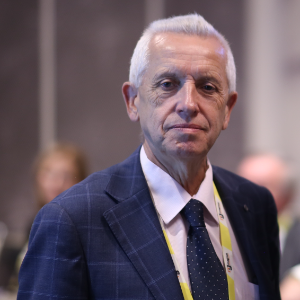
Stanislaw Dzwigaj
Sorbonne University, France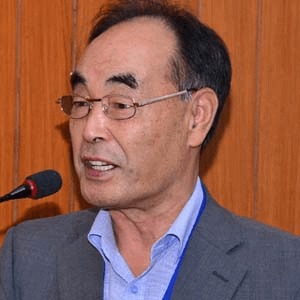
Dai Yeun Jeong
Asia Climate Change Education Center, Korea, Republic of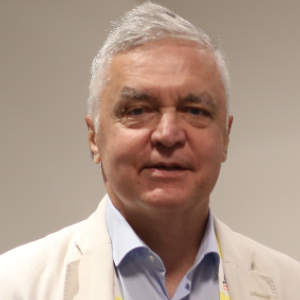
Sergey Suchkov
N.D. Zelinskii Institute for Organic Chemistry of the Russian Academy of Sciences, Russian Federation
Enrico Paris
CREA-IT & DIAEE, Italy
Rabeharitsara Andry Tahina
GPCI-ESPA Antananarivo University, Madagascar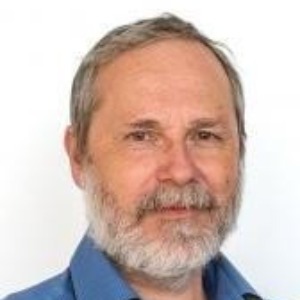
Jiri Dedecek
J Heyrovsky Institute of Physical Chemistry , Czech Republic
Uday Som
Research and Development Engineer, Japan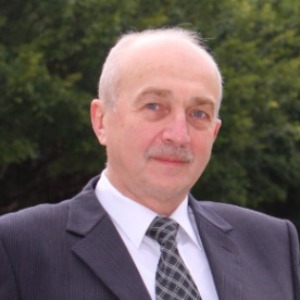
Vladimir G Chigrinov
Hong Kong University of Science and Technology, Russian Federation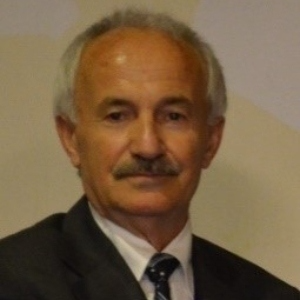



Title : Distant binuclear vanadium V(II) cationic sites in zeolites and their reactivity
Jiri Dedecek, J Heyrovsky Institute of Physical Chemistry , Czech Republic
Title : Advanced nanostructures for carbon neutrality and sustainable H₂ energy
Tokeer Ahmad, Jamia Millia Islamia, India
Title : Personalized and Precision Medicine (PPM) as a unique healthcare model via bi-odesign, bio- and chemical engineering, translational applications, and upgraded business modeling to secure the human healthcare and biosafety
Sergey Suchkov, N.D. Zelinskii Institute for Organic Chemistry of the Russian Academy of Sciences, Russian Federation
Title : Antibody-proteases as a generation of unique biomarkers, biocatalysts, potential targets and translational tools towards nanodesign-driven biochemical engineering and precision medical practice
Sergey Suchkov, N.D. Zelinskii Institute for Organic Chemistry of the Russian Academy of Sciences, Russian Federation
Title : Dimethyl ether synthesis from syngas over Cu-Zn/Al2O3 catalysts prepared using the Sol-Gel method
Uday Som, Research and Development Engineer, Japan
Title : Influence of various catalysts on H₂ enhancement and CO2 capture during syngas upgrading
Enrico Paris, CREA-IT & DIAEE, Italy
Title : Photoaligned azodye nanolayers : New nanotechnology for liquid crystal devices
Vladimir G Chigrinov, Hong Kong University of Science and Technology, Russian Federation
Title : Application of vanadium, tantalum and chromium single-site zeolite catalysts in catalysis
Stanislaw Dzwigaj, Sorbonne University, France
Title : Advances in heterogeneous catalysis for green conversion of propene to aldehydes and alcohols
Ram Sambhar Shukla, CSIR-Central Salt and Marine Chemicals Research Institute (CSMCRI), India
Title : Oxidation of methane to methanol over pairs of transition metal ions stabilized in the zeolite matrices
Jiri Dedecek, J Heyrovsky Institute of Physical Chemistry , Czech Republic